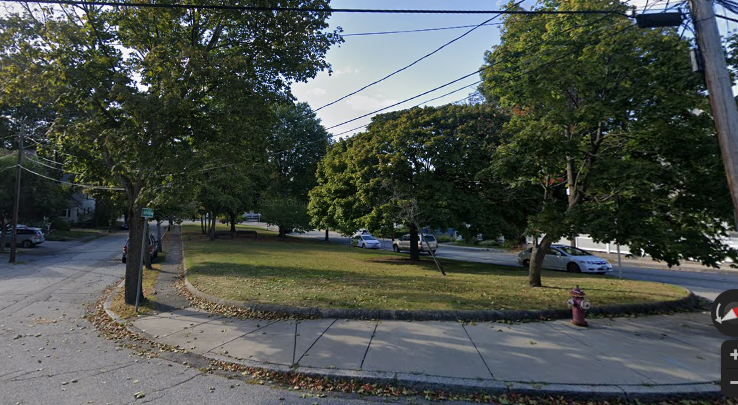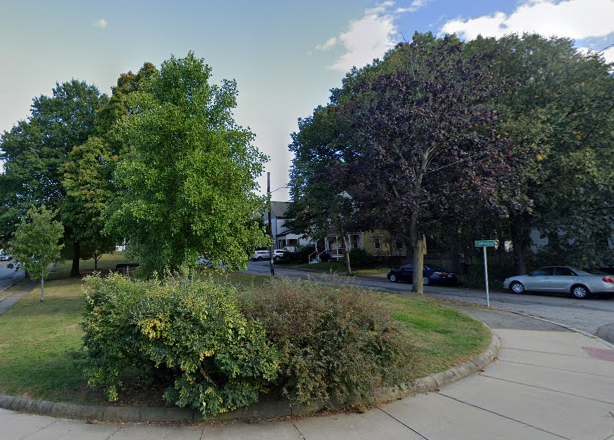An Ode To Irving Park (Part of our series on Playgrounds and Parks in New England)
Recently we have done a series examining playgrounds and parks in New England since they are an important part of health early childhood development. So far we have looked at:
One of the mildly hidden gems in Watertown Massachusetts is Irving Park. The small oval park is surrounded by houses on Irving St, Royal St, and S.and N. Irving Park. This makes the park an ideal place for children to play not directly supervised. Adults don’t have to always be at the actual park when someone can monitor the proceedings from a front porch or window. Opportunities for children to play without direct adult supervision are very important in the preschool to age 8 demographics. It allows children to develop their social problem solving skills without constant adult intervention which can sometimes hinder those skills from being developed. Moreover, parks like this allow children form different ages to learn from each other and learn how to take care for each other and look out for each other. Having the ability for adults to watch in the distance can help quell adult anxiety of letting children play without direct supervision. Over the years, children have frequently used the park as a play area playing games of baseball, run the bases, football, and more. This has not always been endearing to the neighbors. From the late 70s to early 90s, a sign that proclaimed “No Ball Playing” stood at the bottom of the park and it was rumored a complaining neighbor was the one who got it put there. However, children never seemed to comply with the sign and would often use the sign pole as a marker for touchdowns in football games. ( police never enforced it either) The rusted sign pole was eventually removed in the mid 1990s. While the bottom part of the park was more often used for pick up football, the top of the park was the makeshift baseball diamond where kids could play baseball usually either using a whiffle ball or tennis ball. The slope and shape of the park required unique rules such as balls that rolled down N. or S. Irving St being ground rule doubles. The walkway in the middle of the park was used as a home run line. Eventually, a few benches were added in the late 90s in the middle of park walk way which allowed people to relaxingly sit on a nice evening. In addition to the benches, more small trees were added to the park around the turn of the century. The new trees along with the old ones getting bigger made the park less conducive to playing baseball. However, the medium size tree on the top half of the park on the north side is one of the better climbing trees a child can find. It, it is high enough where climbing it is a challenge but not so high where it is death defying. In addition, inside the tree provides many nice areas to sit and relax in the shade hidden from view of the world. Overall, the trees in the fall when the leaves change or the winter when covered by snow are a beautiful site. The park is still often used as a place for children to run around, play in the snow, and for dogs to play a game of fetch. The oval shape of the park has also made it a natural track to walk, run, or bike around.



















![IMG_E9025[1].JPG](https://images.squarespace-cdn.com/content/v1/5b7ef8fbcc8fed8de54565a1/1597153106511-DNNXYUURIFZDOXPR2YQF/IMG_E9025%5B1%5D.JPG)













